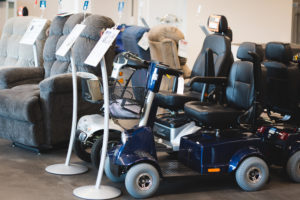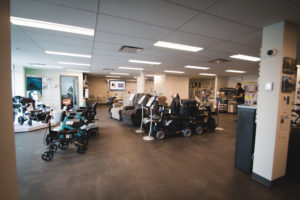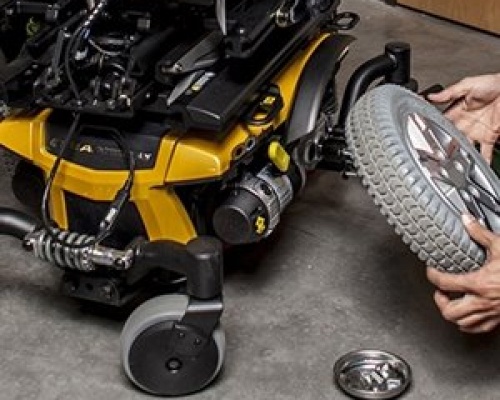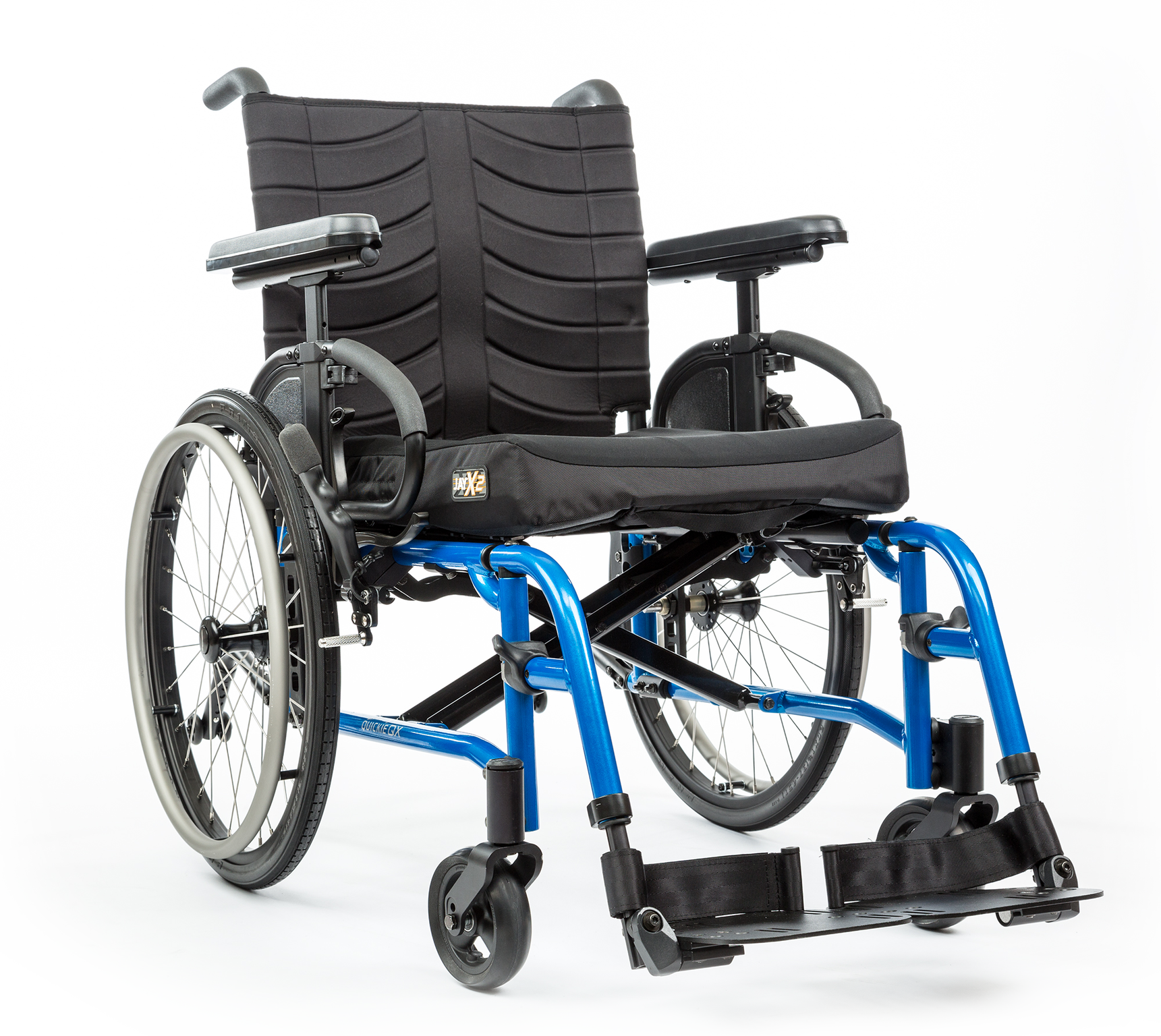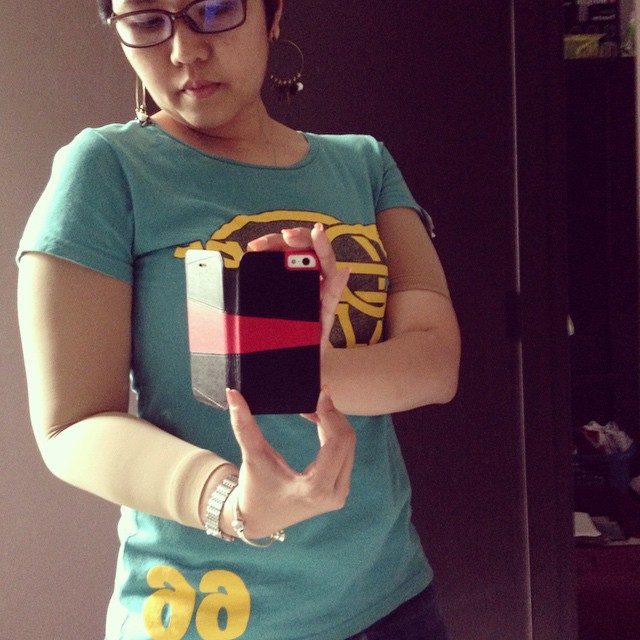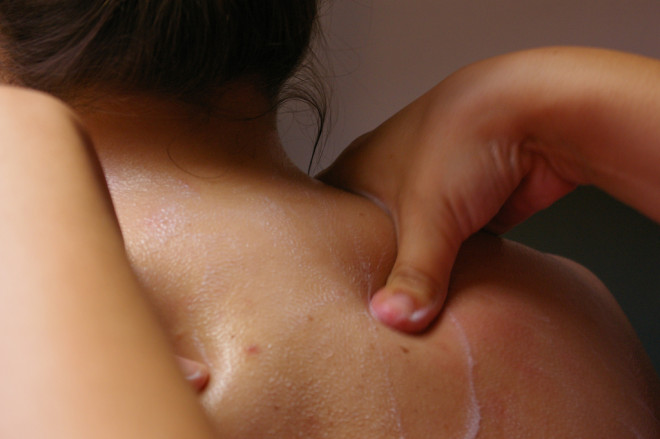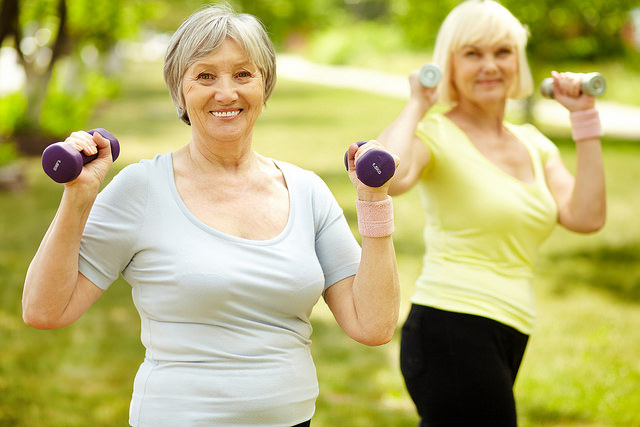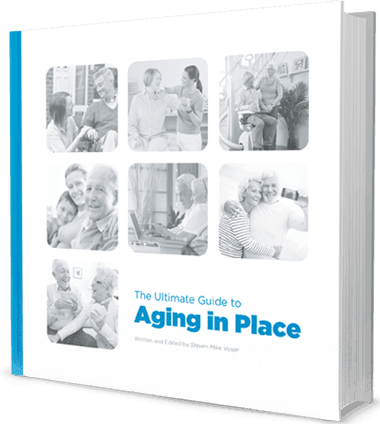Lymphedema: What It Is and How to Tackle It
November 11, 2015
Image courtesy of gaelx (Flickr). License here: https://creativecommons.org/licenses/by-sa/2.0/
Lymphedema is a common disease that affects up to 300,000 Canadians and hundreds of millions of people worldwide, and the likelihood of developing lymphedema triples after the age of 50.However, despite being such a prevalent disease, it still remains significantly under-researched and poorly understood .
Read on as we take a detailed look at what lymphedema is, how it affects the body, and the different treatments available to help someone live with this disease. Armed with the proper knowledge and treatment, lymphedema can be controlled.
The Lymphatic System
The lymphatic system takes part in several important functions that keep the immune system running smoothly. Part of the circulatory system, the lymphatic system is the body’s first line of defense against harmful pathogens and a vital part of the immune system, and plays a major role in removing any excess fluid from the body
Excess fluid found in the body is first passed through filters (known as lymph nodes) which remove any harmful substances before it is transported back into the bloodstream.
The lymphatic system is also responsible for maintaining fluid homeostasis, transporting immune cells, the regulation of inflammatory responses, and enabling the dietary absorption of fat.
Lymphedema
When the lymphatic system is damaged because of injury or genetic defects, the lymph fluid normally transported back into the bloodstream is unable to adequately drain and therefore begins to build up in soft tissue around the limbs. This build-up of fluid usually takes place in the extremities, such as the arms, hands, legs, and feet.
Symptoms
The severity of the symptoms of lymphedema vary depending on how advanced it is. In early stages, there may only be mild swelling and a tightness or heavy feeling in one or more limbs. As the disease advances, the swelling and heavy sensation become more extreme until it severely affects everyday life, making early recognition and proper treatment crucial.
Apart from swelling and discomfort, other symptoms of lymphedema include:
- Restricted range of motion
- Aching and weakness
- Recurring infections
- Changes to skin such as hardening, thickening, or discoloration
Causes
Lymphedema has two different classifications (primary and secondary) that are determined by their cause.
Primary:
Primary lymphedema is rare and caused by development abnormalities that either directly or indirectly affect the lymphatic system.
Primary lymphedema is most traditionally categorized in three different groups: congenital lymphedema (present at birth), lymphedema praecox (appears at puberty), and lymphedema tarda (appears after the age of 35). In all three cases, the mode of inheritance is either genetically-linked or sporadic. Almost 30% of cases of primary lymphedema can be identified as genetic mutations.
Secondary
Secondary lymphedema is the most common classification of this disease and is caused by injuries that affect the lymphatic system.
Secondary lymphedema can be caused, for example, by surgery, radiation, or infection. One of the most common causes of secondary lymphedema is cancer treatment, with almost 1 in 3 patients who undergo lymph node dissection for staging or treatment for breast cancer developing the disease. Other disruptions of the lymph nodes, such as a simple lymph node biopsy, can have similar results.
Other factors that heighten the risk of developing lymphedema include:
- Age
- Obesity
- Genetics
- Delayed wound healing
Treatment
Although there is no cure for lymphedema, there are methods of treatment that help make it manageable. Here are some of the most common lymphedema treatments:
- Exercise: Light exercises that focus on the affected area are often recommended. The movement encourages drainage of the excess fluid and may help broaden range of motion as well as reduce swelling. Exercises should not be strenuous, but should focus on light contractions of the muscles in the affected area.
- Massage: Massage specialists use a technique called manual lymph drainage to help encourage the flow of lymph fluid in lymphedema patients. Manual lymph drainage should not be used when the patient has active cancer, blood clots, congestive heart failure, skin infections. Some specialists may teach and recommend a practice known as self-manual lymph drainage which allows patients to help treat themselves at home.
- Compression Garments: Compression garments are one of the most popular lymphedema treatments. Compression created by the garment, combined with muscle contractions, encourage the lymph fluid to leave the affected area. For a deeper understanding of how compression therapy works, check out our article on understanding compression therapy for seniors.
- Self-Care: There are many simple steps that a lymphedema patient can take in order to self-manage the disease. This includes protecting the affected limbs from cuts, burns, and overuse, as well as following a regular exercise and diet plan. All lymphedema patients should also speak to their doctor to learn the signs of infection in the affected limb so that a infection may be noticed and treated immediately.
- Complete Decongestive Therapy (CDT): Complete Decongestive Therapy, also known as Complex Decongestive Therapy (CDT), combines several treatments mentioned above and is quickly becoming more and more prevalent in lymphedema treatment. CDT consists of two phases; the reductive phase, and the maintenance phase. The first phase of the treatment (reductive) focuses on removing excess lymph fluid from the limb, and requires frequent visits to a lymphedema specialist. This phase of the treatment can last anywhere from three to eight weeks. The second phase of CDT (maintenance) is focused on retaining the results obtained in phase one. This includes being fitted for a compression garment and making lifestyle changes that will assist in the process.
- Laser Therapy: Laser therapy for the treatment of lymphedema is still a relatively new idea. Cleared by the U.S. Food and Drug Administration, low-level laser therapy has been found to reduce swelling, break down scar tissue, and increase range of motion. Although there are lasers marketed directly to patients, it is important to always work with a therapist that has been trained in laser therapy specific for lymphedema treatment.
- Surgery: In extreme cases of lymphedema, a physician may suggest surgery to remove excess tissue or to reduce swelling.
Living with Lymphedema
Lymphedema may have no cure, but it is important to realize that, with the proper knowledge, this disease is manageable. With a combination of simple lifestyle changes and one or more of the treatments listed above, aging in place with lymphedema is possible.
For more information on lymphedema, we recommend checking out this website. Alternatively, please feel free to contact us with any questions you may have about lymphedema or compression therapy.
Tags: aging in place canada compression therapy home health lymphatic system lymphedema lymphedema causes lymphedema treatments seniors
